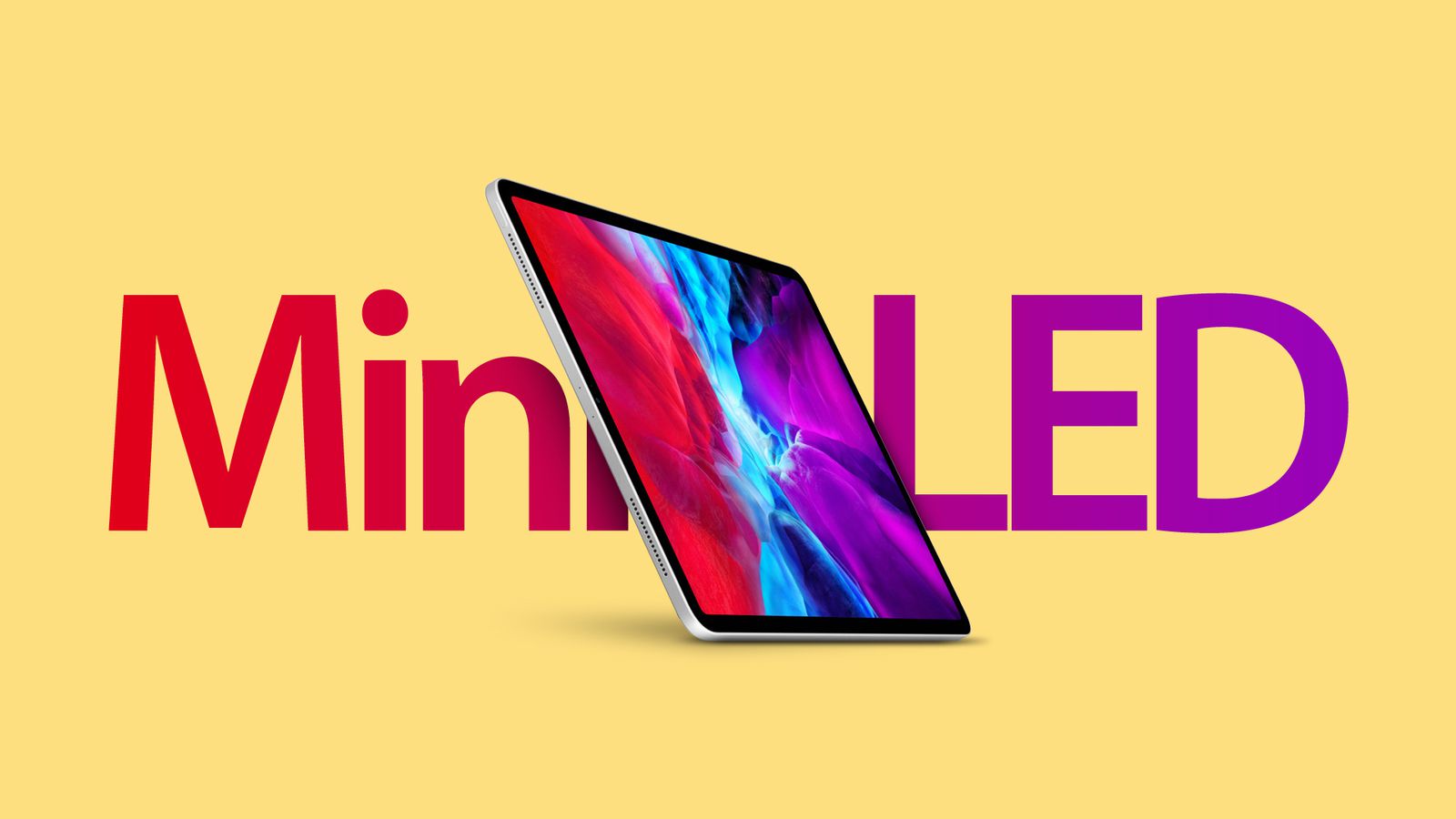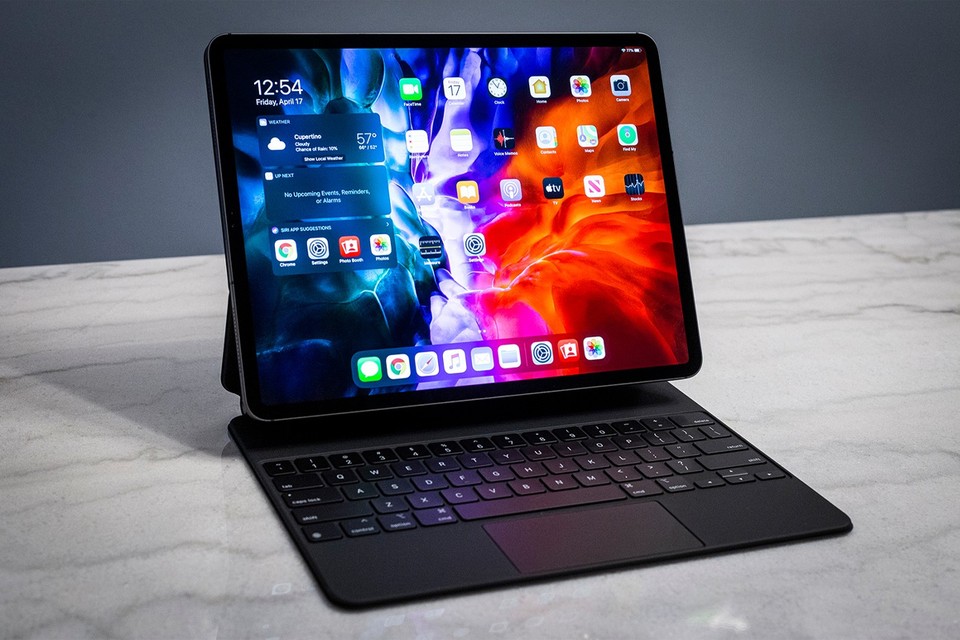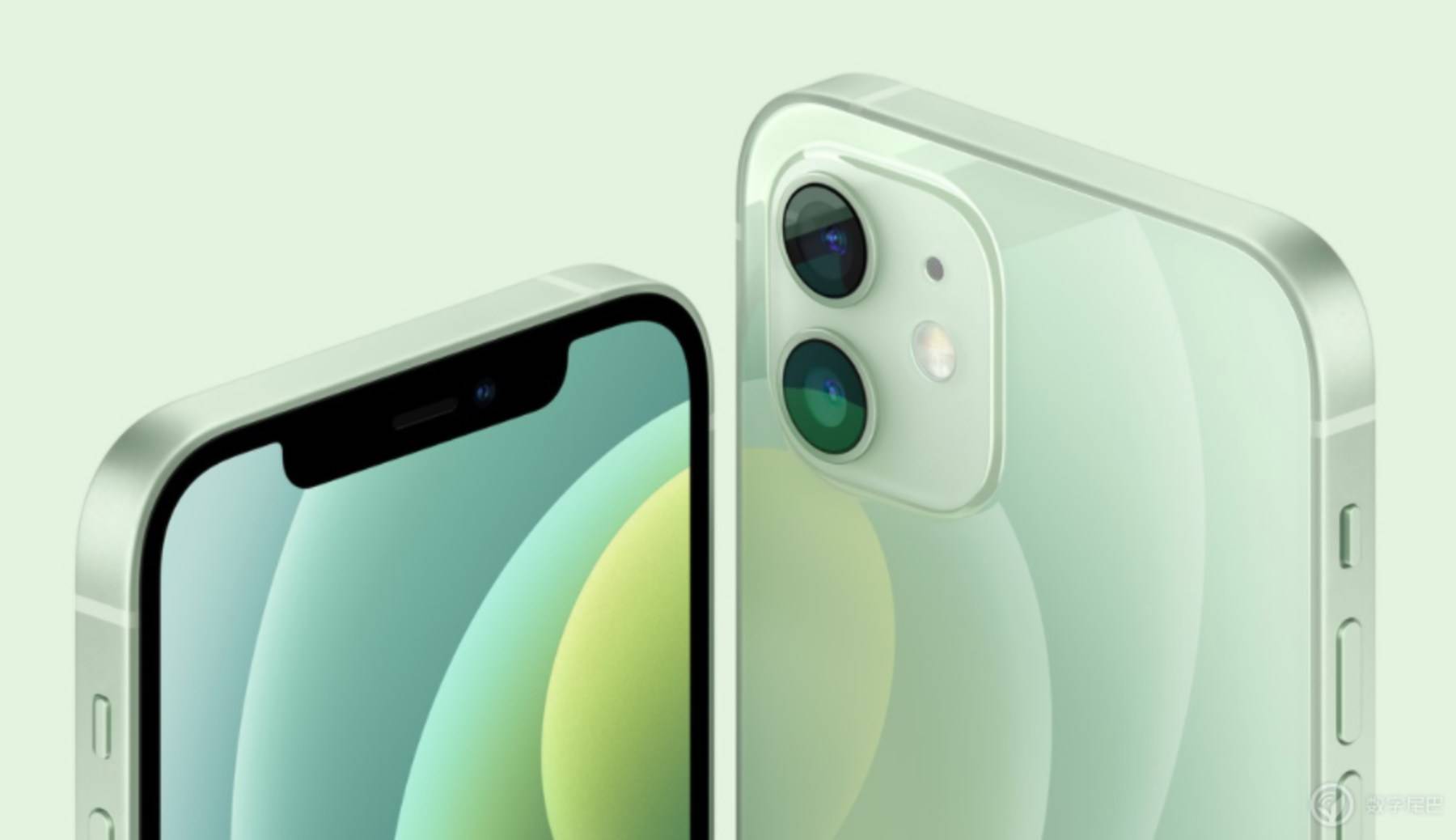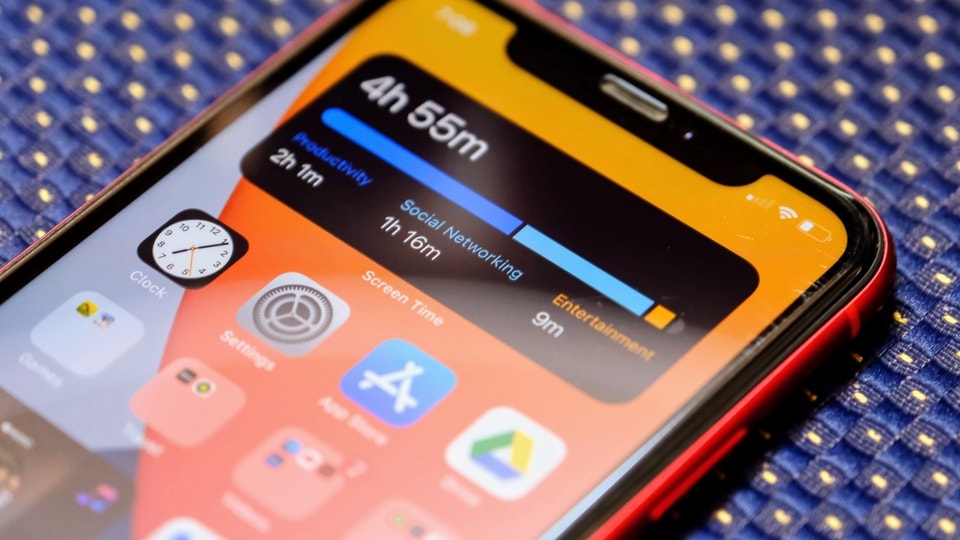In order to break the monopoly of Korean manufacturers on upstream OLED panels, Apple has been actively developing new display technologies, such as Mini LED and Micro LED.
It was an obvious attempt to apply Mini LED to the new iPad before.
Recently, the latest report shows that Apple’s Mini LED screen mass production plan is roughly divided into five stages.
In the first stage, changes in screen production yields and shipment schedules will significantly affect the valuation of the “first batch of suppliers” stocks, so suppliers will strive to improve product production yields.
In the second stage, in order to diversify supply risks and reduce product costs, Apple will actively look for a second supplier of key Mini LED components, and the proportion of shipments will increase significantly.

In the third stage, Mini LED panel shipments are mainly driven by MacBooks rather than iPads. We will see Apple computers equipped with Mini LED panels at this stage.
In the fourth stage, a large number of manufacturers will follow Apple’s strategy of promoting Mini LED.
In the fifth stage, the production cost of Mini LEDs will be significantly improved from 2023 to 2024.
In addition, the report also pointed out that the production cost of Micro LED will significantly improve from 2023 to 2024, so it may become the focus of market attention from 2023. It believes that Apple is developing Micro LED technology, but the current production schedule has not yet been determined.
In this way, on Apple’s road to get rid of OLED, the very hot Mini LED technology in recent years has only been regarded as a transitional technology, and Micro LED is the ultimate goal pursued by Apple.
In fact, Apple has been working secretly in the field of Micro LED display technology and has applied for a large number of related patents.
Apple’s patent portfolio covers many key technical fields related to Micro LED displays, and intends to solve all major technical bottlenecks that affect the commercialization of this technology.

From the perspective of patent analysis, Apple’s R&D investment is mainly focused on transfer, assembly and interconnection technologies, and dozens of patents have been applied for these technologies.
The reason why Micro LED can be favored by Apple is that it is the same self-luminous display technology as OLED.
Micro LED is composed of a large number of micro LED arrays, in addition to achieving high brightness, ultra-high resolution, color saturation, and high luminous efficiency.
More importantly, it will not be affected by water vapor, oxygen or high temperature, so it has obvious advantages in terms of stability, service life, and working temperature.
Starting in 2018, as Samsung, Sony, AUO and other major manufacturers have successively launched Micro LED-related conceptual products, the next-generation display technology and application market that the industry is looking forward to is accelerating.
However, MicroLED has always been limited by some bottleneck technologies, especially in the mass transfer process. Even if the industry can make a breakthrough, it will take time to truly increase the yield and reduce costs.
In addition, there is a big problem with Micro LEDs, which is full-colorization and the uniformity of luminous wavelengths.





